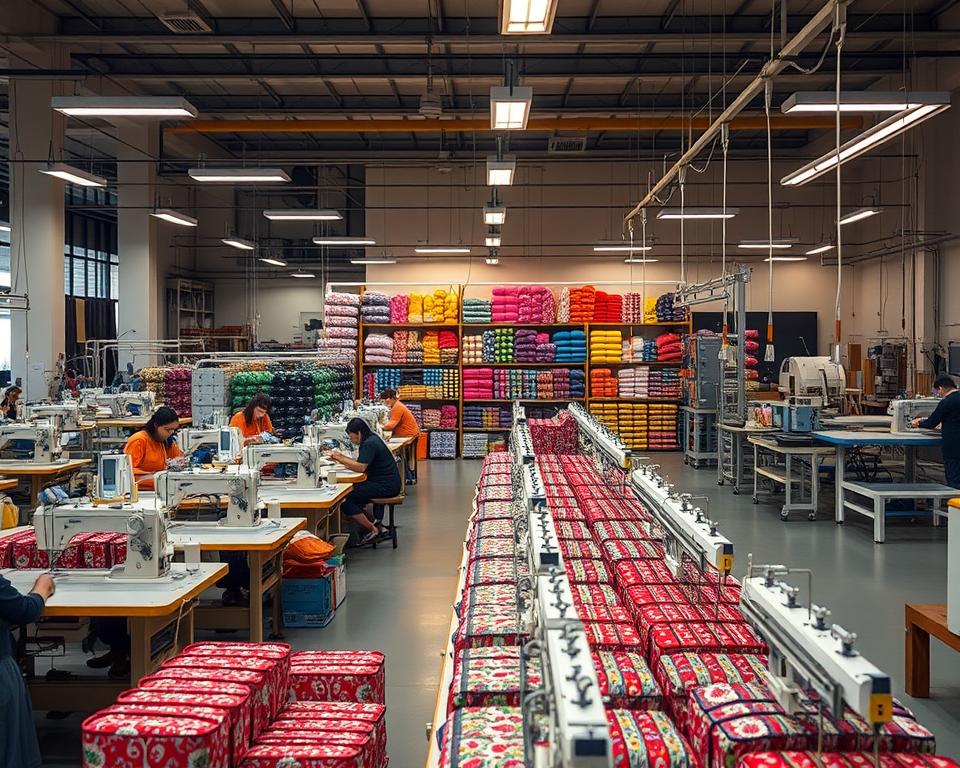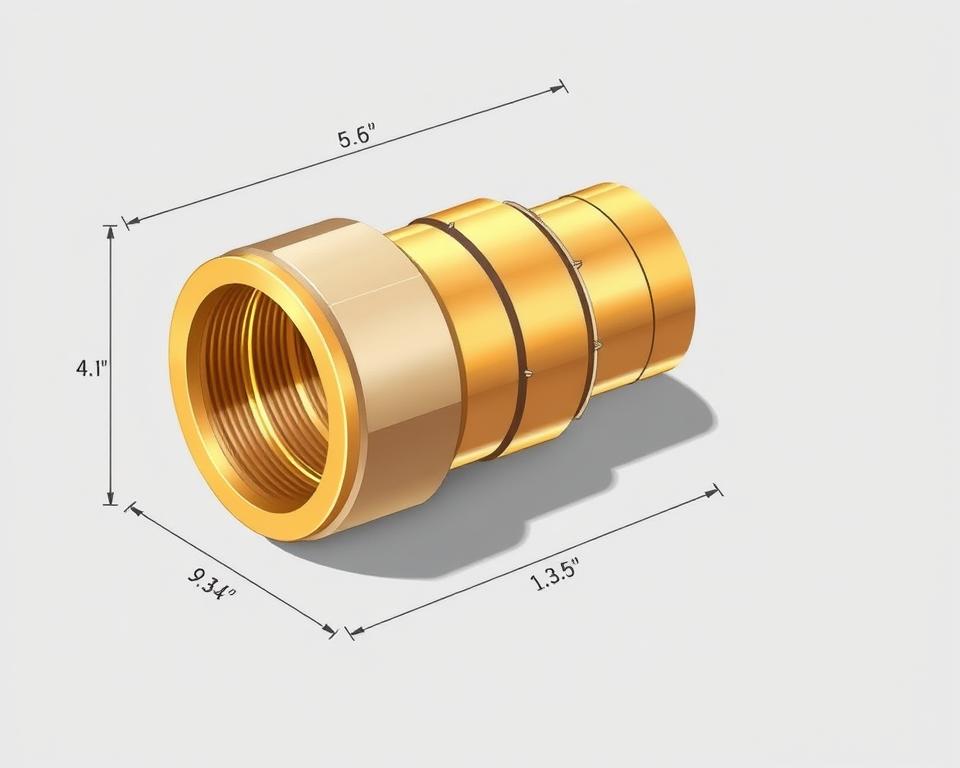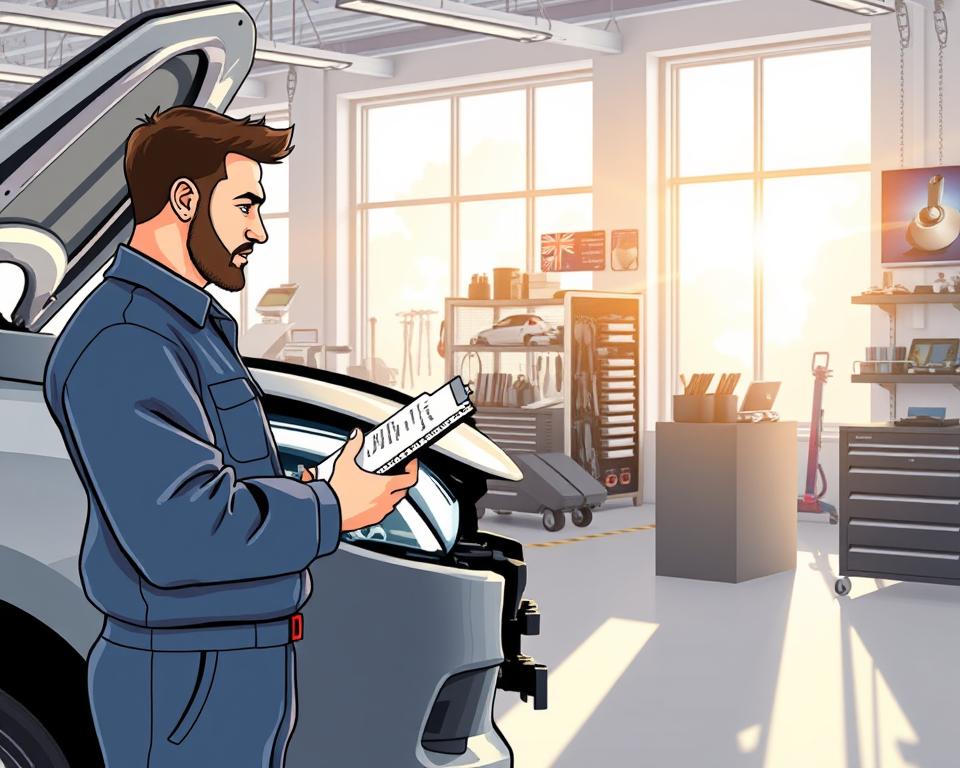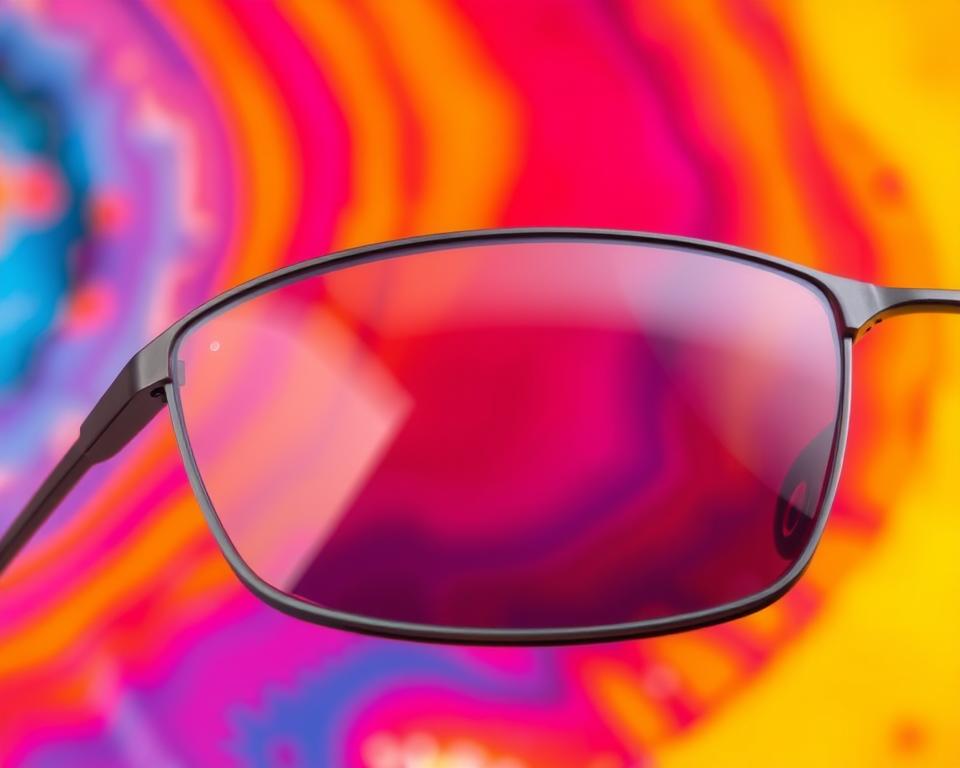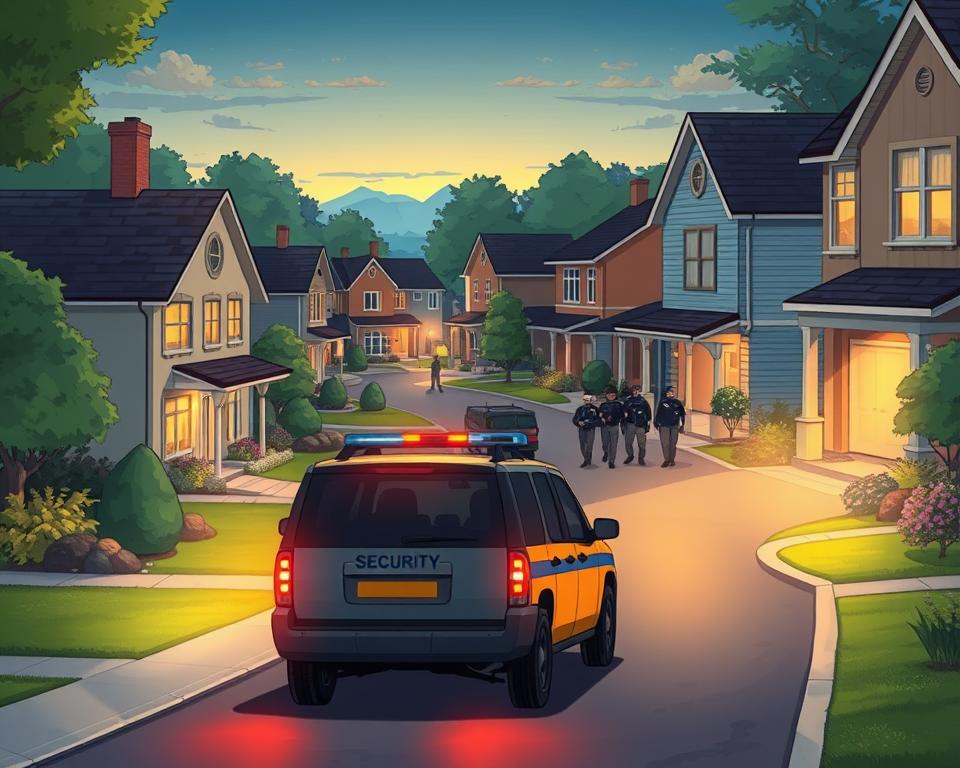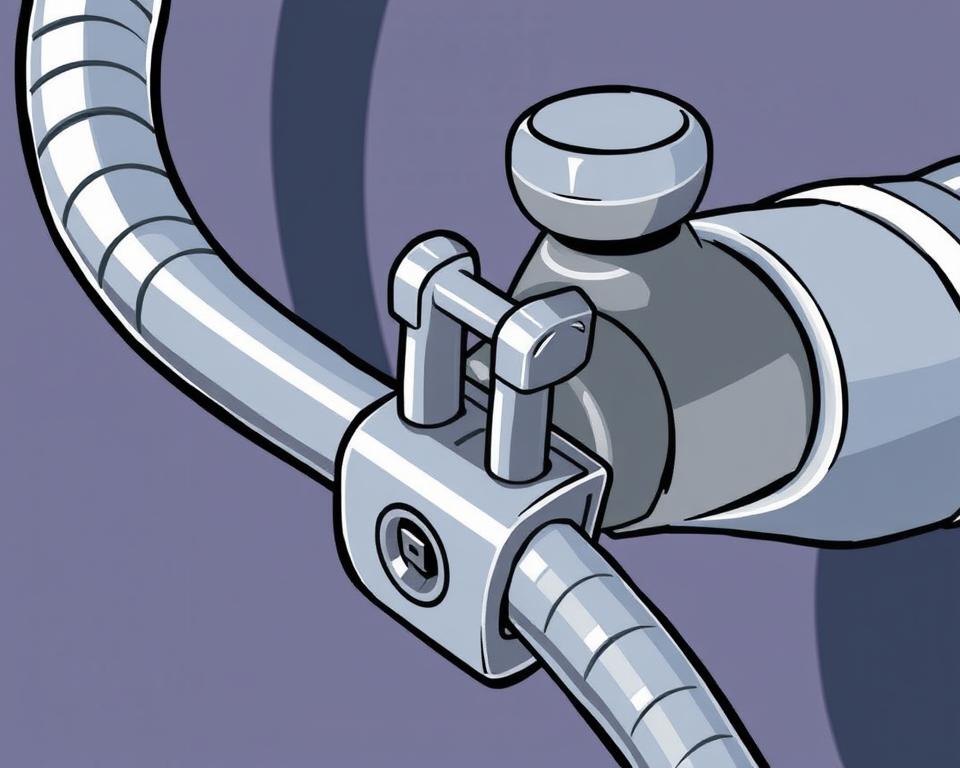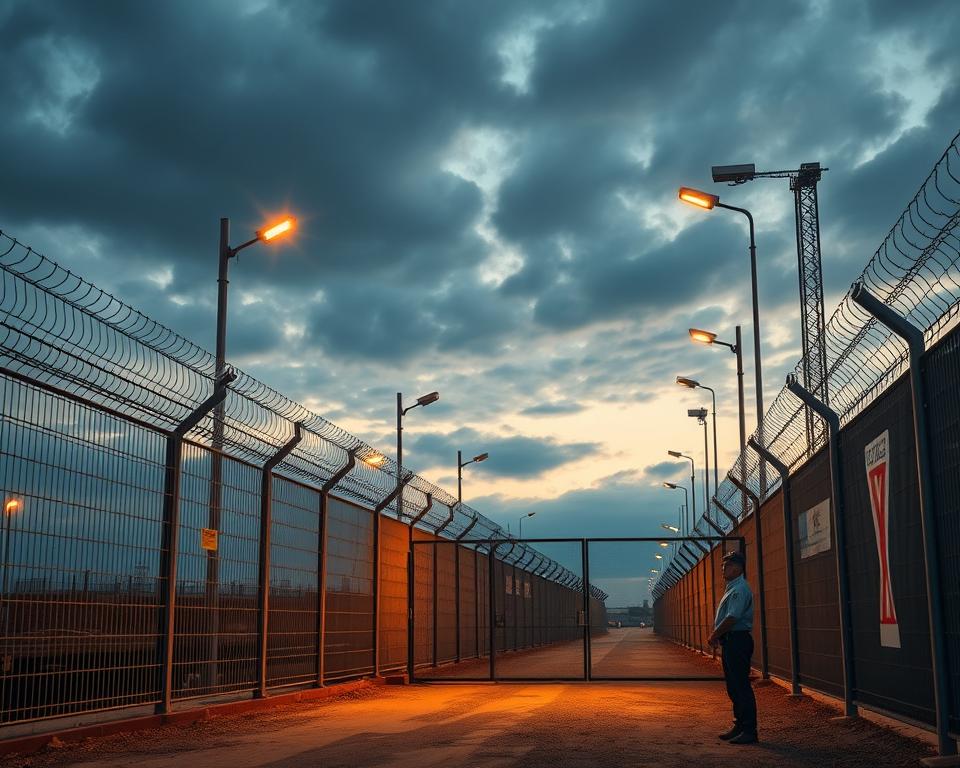Pool Party DJ Newport RI: Preventing Equipment Damage
Hire Tribute Bands in Newport RI Today
Want to create an unforgettable experience with live music at your next event? Newport RI boasts an exciting lineup of tribute bands. Expert bands revive the classic hits of top musicians. The result is a one-of-a-kind show full of nostalgia and energy.
No matter the occasion—wedding, business event, or private bash—a tribute band in Newport RI can improving the festivities. With a wide range of genres and styles, they cater to diverse audiences. That versatility makes them perfect for any occasion.
Understanding Tribute Bands
These bands focus on faithfully recreating the hits of legendary acts. They painstakingly capture the tone, appearance, and stage presence of the originals. This dedication to authenticity sets them apart from cover bands, which play a variety of songs. Tribute bands (and festival entertainment Newport RI) excel at event entertainment by channeling the spirit of the stars.
Opting for expert tribute bands guarantees a stellar show. They immerse themselves in the artist’s style and performance rituals. This focus on detail ensures your audience enjoys a memorable experience, reliving iconic moments in music history.
Advantages of Booking a Tribute Band
Hiring a tribute band in Newport RI delivers numerous advantages. The live performance ambiance engages guests, encouraging fun and interaction. They provide polished shows tailored to your theme and crowd.

A major benefit of tribute bands is triggering strong nostalgic emotions. They bring to life the heart of the originals, touching audience emotions. They bring beloved songs to life, leaving a lasting impression that guests will remember for a long time.
Tribute bands are also incredibly versatile. They adapt their repertoire for weddings, corporate functions, and beyond. Your celebration will stand out and meet your exact vision.
Types of Tribute Bands Available in Newport RI
Newport RI hosts many tribute bands for every musical preference. From rock anthems to pop hits, options abound. Acts covering The Beatles or The Rolling Stones revive iconic tracks. Others, like ABBA, create a lively atmosphere at your event.
Artist-specific tributes provide deeply authentic sets. For example, Grateful Dead tribute bands like “Without A Net” and “Ace and Friends” pay homage to the band’s legacy. Perfect for those craving an authentic concert feel.
Pick the act that aligns with your favorite genre. They let you experience live-show thrills and forge enduring recollections. Savor live renditions by top-rated tribute acts.
Booking Tribute Bands in Newport RI
Looking for the ideal tribute band for your event in Newport RI? Various platforms are designed for entertainment booking. GigSalad features an extensive lineup of tribute bands. View videos, song clips, and user testimonials. It helps you choose wisely and confidently.
You can also reach out to venues and organizers like Salty Live. They’re plugged into the local music network and know which bands fit your vibe. Tapping these sources leads you to standout tribute performers.
Key Booking Considerations for Tribute Bands
Booking a tribute band involves weighing several crucial elements. First up, pick a band whose style matches your audience. Professional tribute bands cover a wide range of styles. Make sure they suit your event’s motif.
Their stage approach matters too. Some bands bring high energy to the stage, while others focus on a more personal experience. Knowing what your audience prefers will help you choose the right tribute band.
Reading testimonials from past clients can give you a good idea of a band’s reliability and professionalism. Seek comments on show quality, setup, and crowd engagement.
Don’t forget stage requirements, load-in times, and special requests. Planning goes smoother when you clarify these logistics early.
Ultimately, these considerations lead you to a tribute band that improving your gathering. You’ll create lasting memories for every guest.
How to Hire a Tribute Band in Newport RI
Begin by defining your event’s style, guest list, and budget. Look into various tribute acts, noting their repertoire and experience. Look for reviews and testimonials to gauge their reliability and entertainment value.
Contact several bands through platforms that specialize in event entertainment services, such as GigSalad or local listings. In your communication, share important details such as the date, location, and any special requests you may have. This will help the bands provide accurate quotes and availability.
Select your favorite, then sort out the contract and technical needs. Lock in the details with a solid contract. Include fees, performance length, technical specs, and other logistics. That guarantees a hassle-free show and an unforgettable occasion.
Popular Tribute Bands in Newport RI
In Newport RI, the music scene is alive with a variety of tribute bands. “Without A Net” shines with authentic Grateful Dead performances. Fans praise their precise homage to the Dead’s legacy.
“Glen Roethel” is another band making waves in Newport RI. They focus on guitar-vocal performances that resonate emotionally. Their versatility makes them ideal for any event, ensuring a memorable experience for all.
These bands are celebrated for their dynamic shows, adding a unique flair to any event. If you’re on the hunt for a Newport RI tribute band, start by checking out these local favorites. They’re known for their exceptional performances and ability to connect with audiences.
Hire a Tribute Band Newport RI: The Ultimate Guide
Opting for a tribute act in Newport RI expands your event’s entertainment lineup. The right band can make your event unforgettable, creating lasting memories for everyone. First, identify the music style you want. Options span rock anthems through chart-topping pop. Ensure their repertoire matches your theme for smooth flow.
Securing a tribute band takes preparation. Start by asking friends or local event planners for recommendations. Websites for live acts supply ratings and booking info. Verify dates early since top acts fill fast.
Tribute act fees fluctuate due to various factors. Popularity, expertise, and venue affect pricing. Establish spending limits to refine options and prevent sticker shock. Communicate your budget—they might offer custom pricing.
Prior to your event, finalize logistical details. Ensure your venue can handle the band’s equipment and performance space. Consistent coordination guarantees a seamless show. When well planned, a tribute act injects excitement into any event.
What Clients Say
Client feedback is crucial for selecting a tribute band. They reveal how past events thrived with tribute acts. Reviewers highlight the excitement and passion tribute acts deliver.
Clients admire the bands’ skill in nailing the authentic artist sound. Interactive shows get crowds involved, forging special moments. Testimonials frequently highlight the bands’ professionalism, from their punctuality to their ability to meet specific event requests.
Compiled reviews demonstrate tribute bands’ transformative impact. Check out these representative client responses:
| Key Aspect | Reviewer Comments |
|---|---|
| Sound Accuracy | “The band sounded just like the original group!” |
| Audience Interaction | “They got the whole crowd moving and singing!” |
| Professionalism | “They arrived on time and set up quickly.” |
| Event Impact | “Truly exceeded expectations—guests loved it!” |
These testimonials boost confidence in booking a tribute band. They confirm stellar performance quality and the fun tribute bands add.
Understanding Pricing for Tribute Band Hire
Tribute band fees in Newport RI range significantly. Various elements influence these costs. Band lineup size plays a big role. Smaller lineups usually cost less than complete bands.
Band expertise impacts rates. High-profile bands with extensive resumes cost more. High demand influences pricing and booking.
Set duration also drives cost. Longer sets typically mean higher costs. Rates often range from about $220 up to $400+, based on specifics.
For precise pricing, reach out to bands themselves. They can provide pricing tailored to your specific event needs. This helps you budget accurately and decide wisely.
In Closing
Hiring a tribute band in Newport RI can transform your event, adding exceptional live music entertainment. Newport RI acts span genres and styles. This lets you choose the ideal fit for your event. Be it a wedding, business function, or private bash, they’ll captivate guests and craft lasting moments.
By following the steps outlined in this article, you’ll be ready to hire a tribute band in Newport RI. Embracing the nostalgia and energy of tribute bands can make any gathering extraordinary. Attendees will connect with every iconic song.
When planning your next event, consider the vibrant scene of local tribute bands. Opting for a tribute band guarantees enduring memories. Your guests will cherish these moments long after the final note is played.

